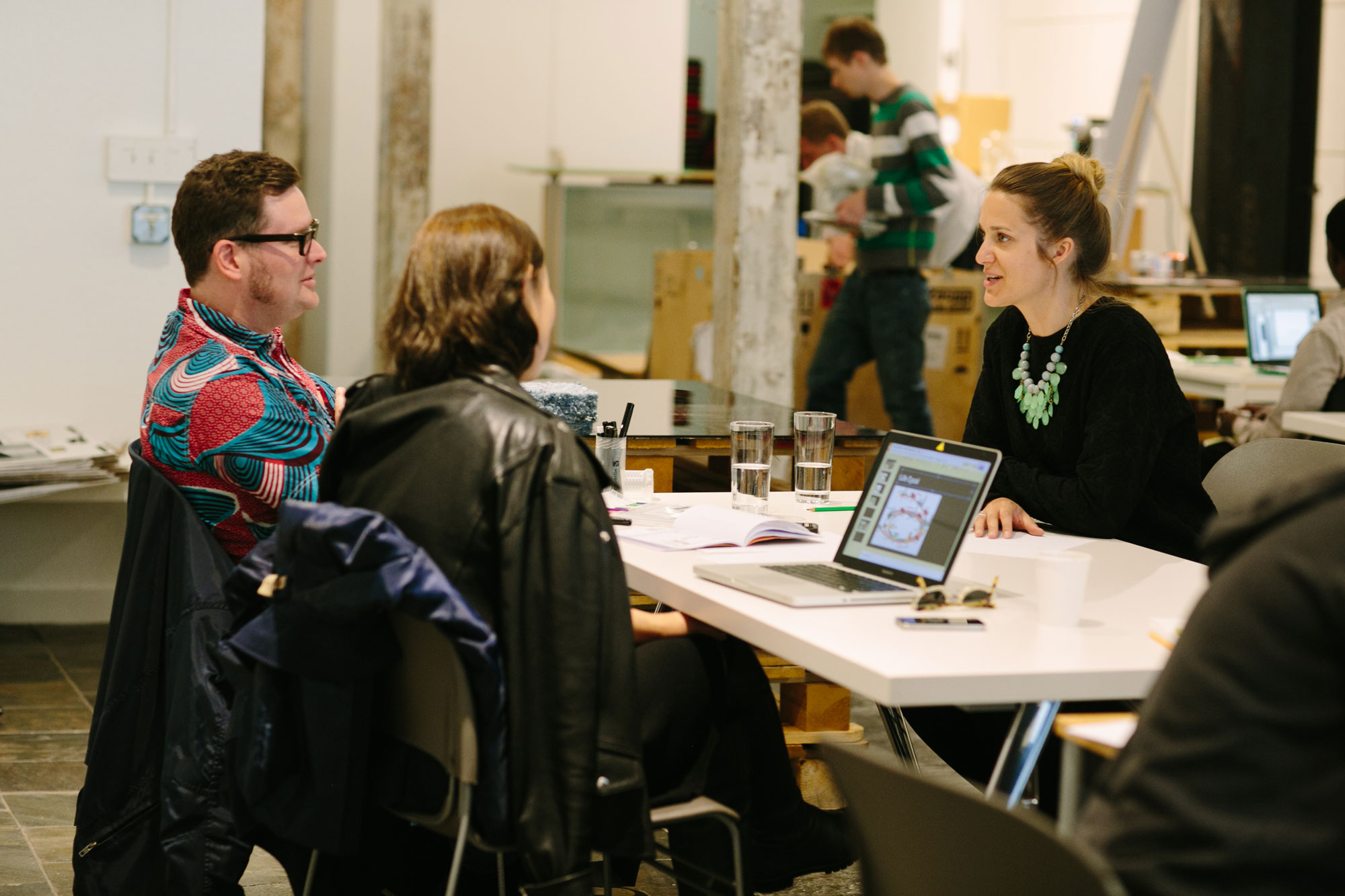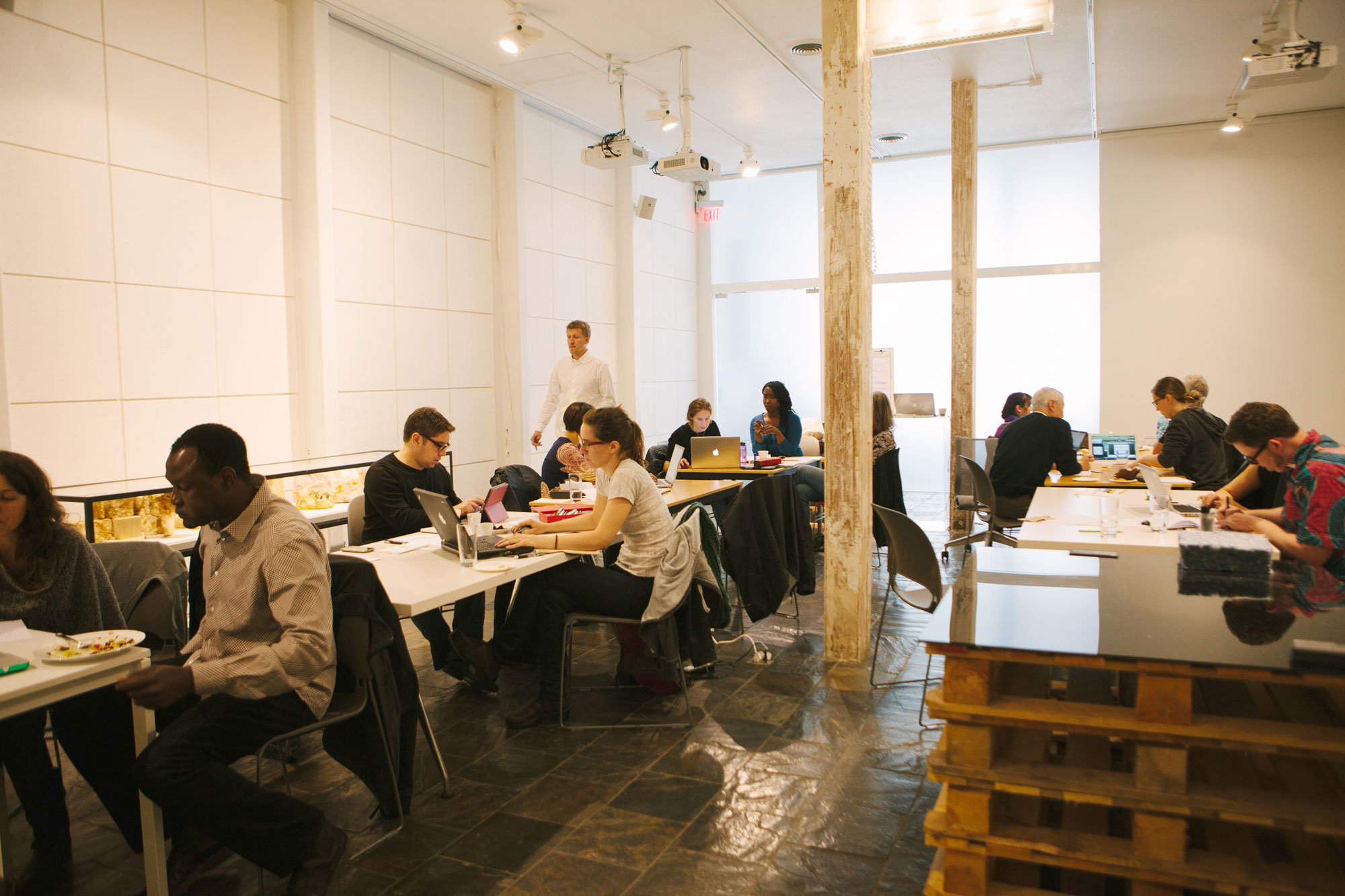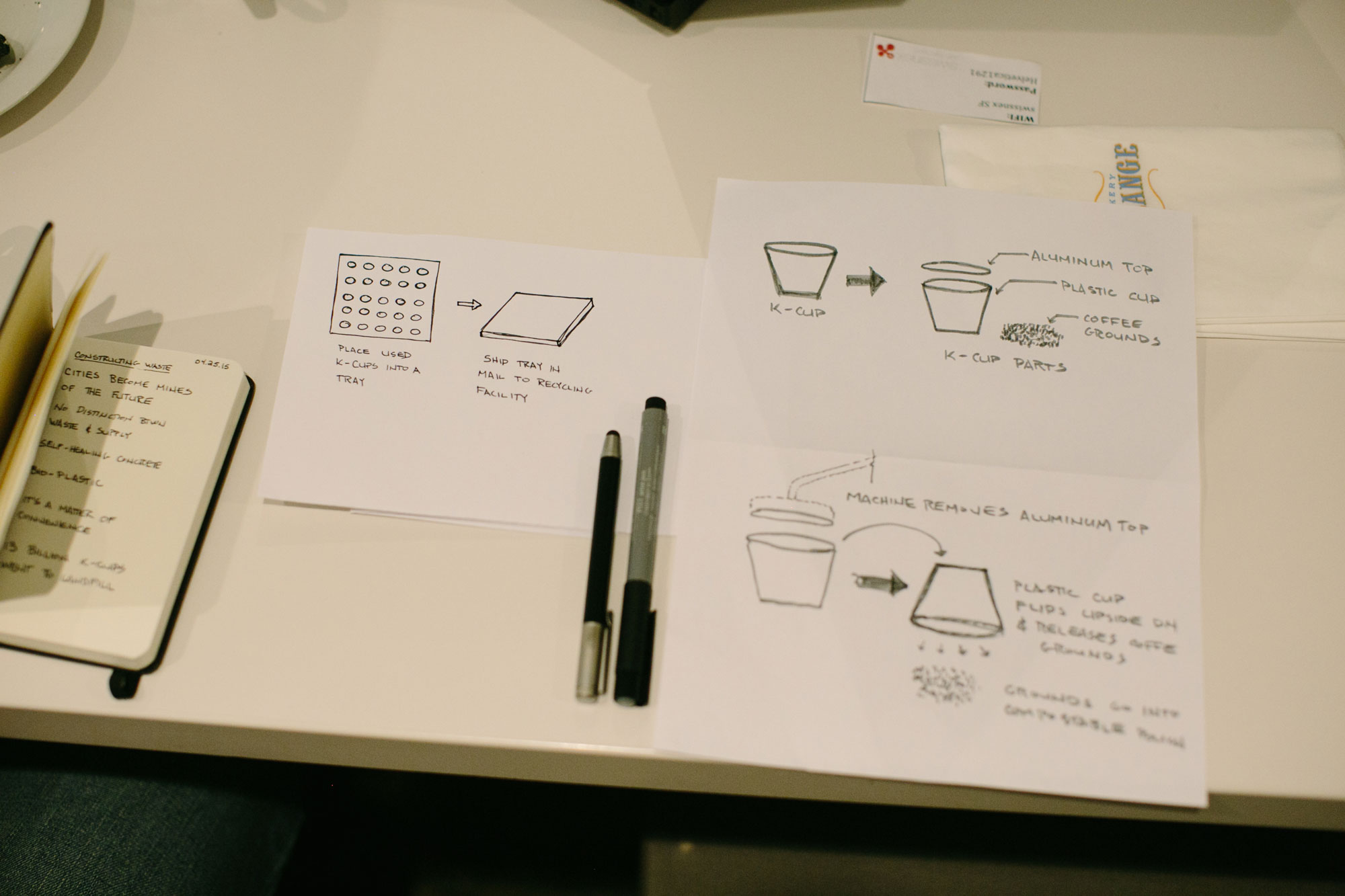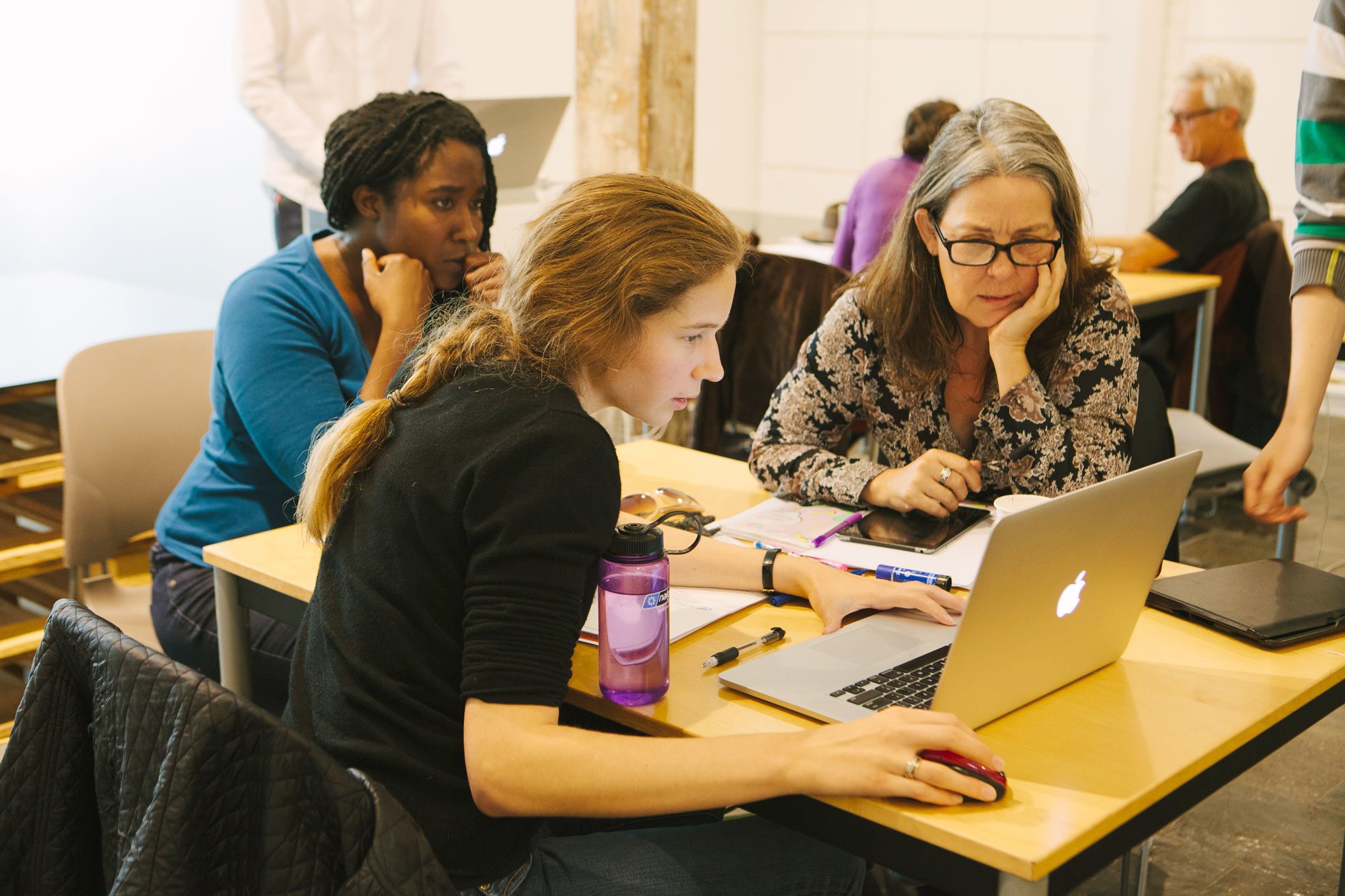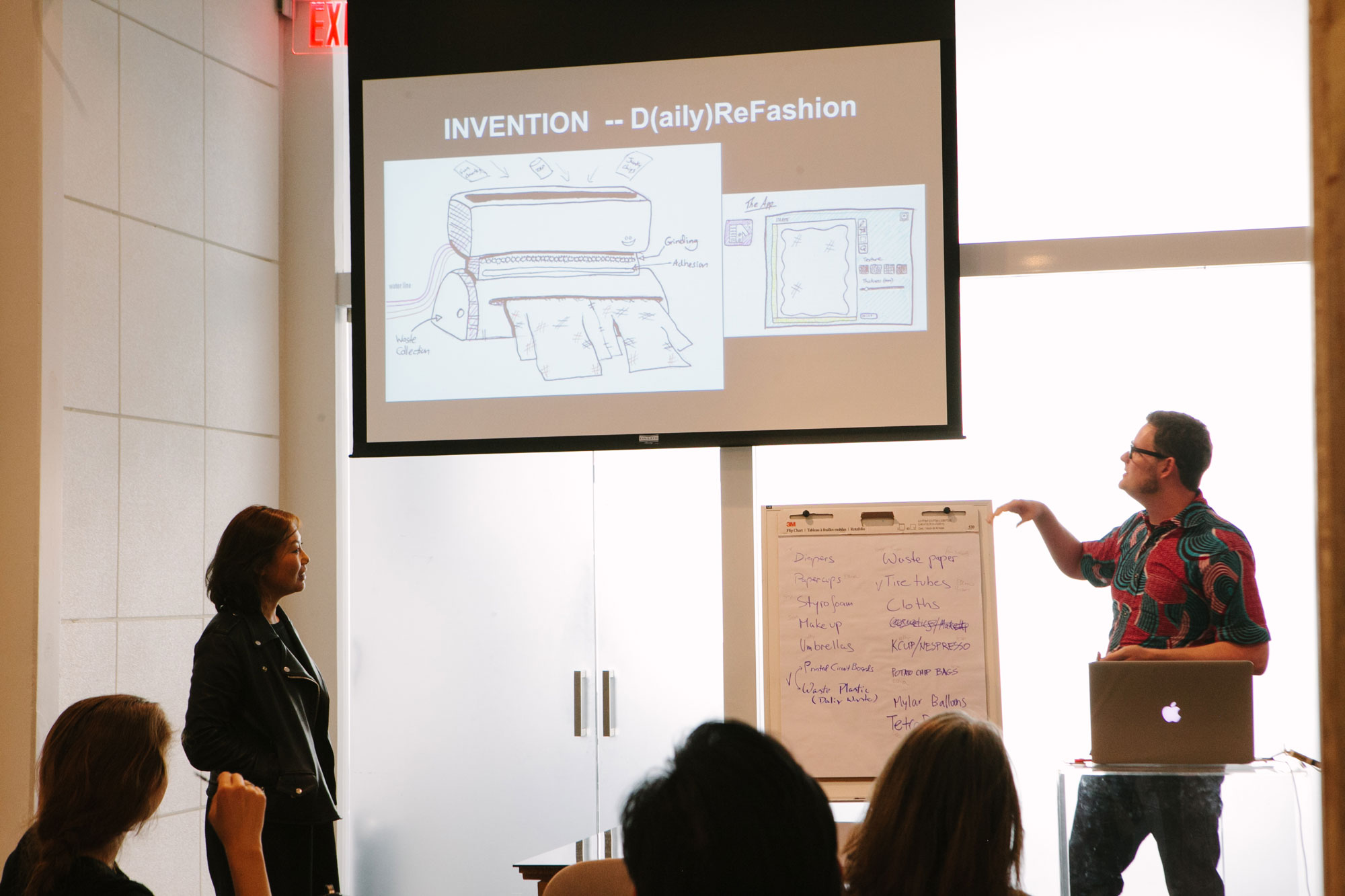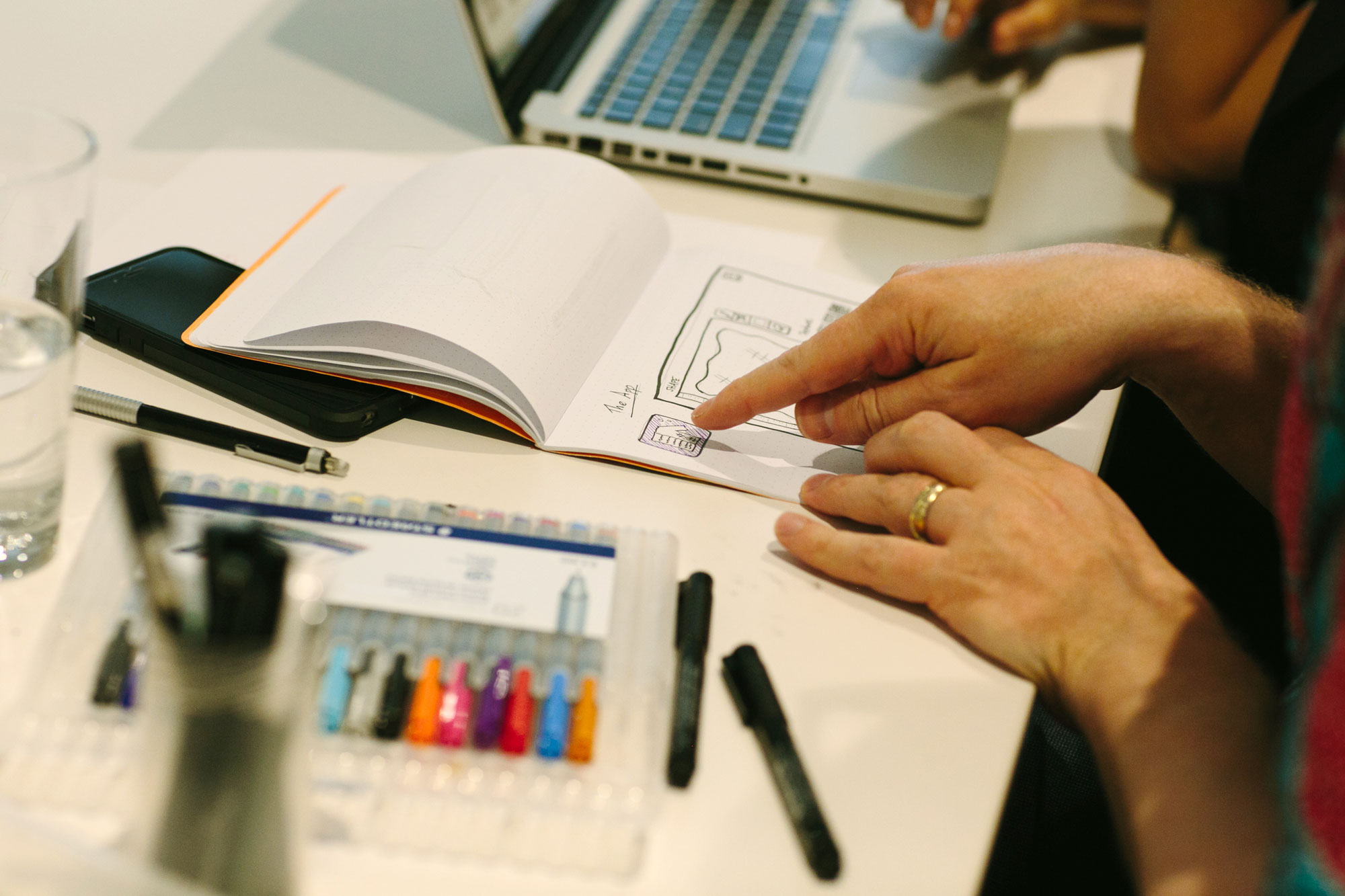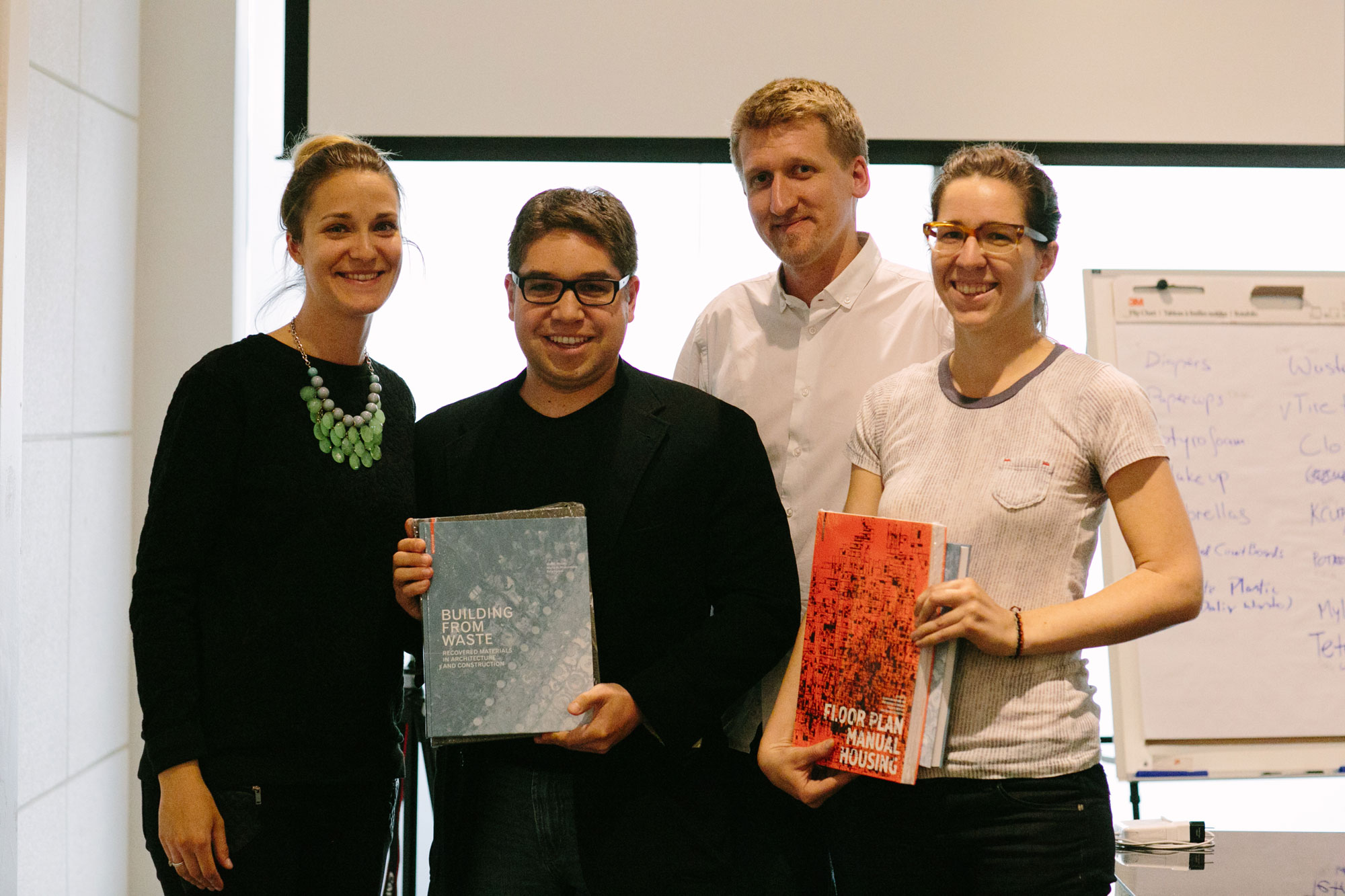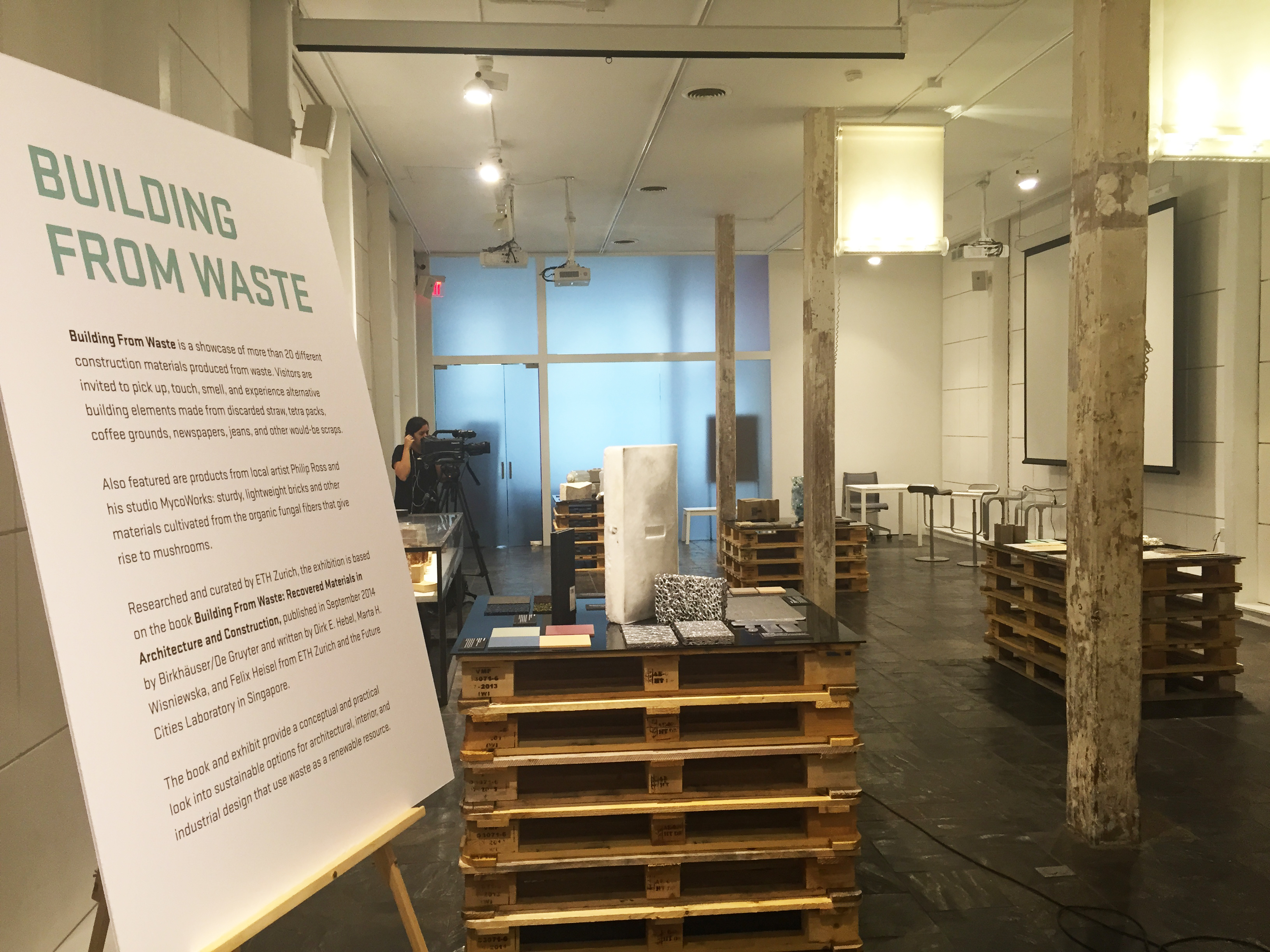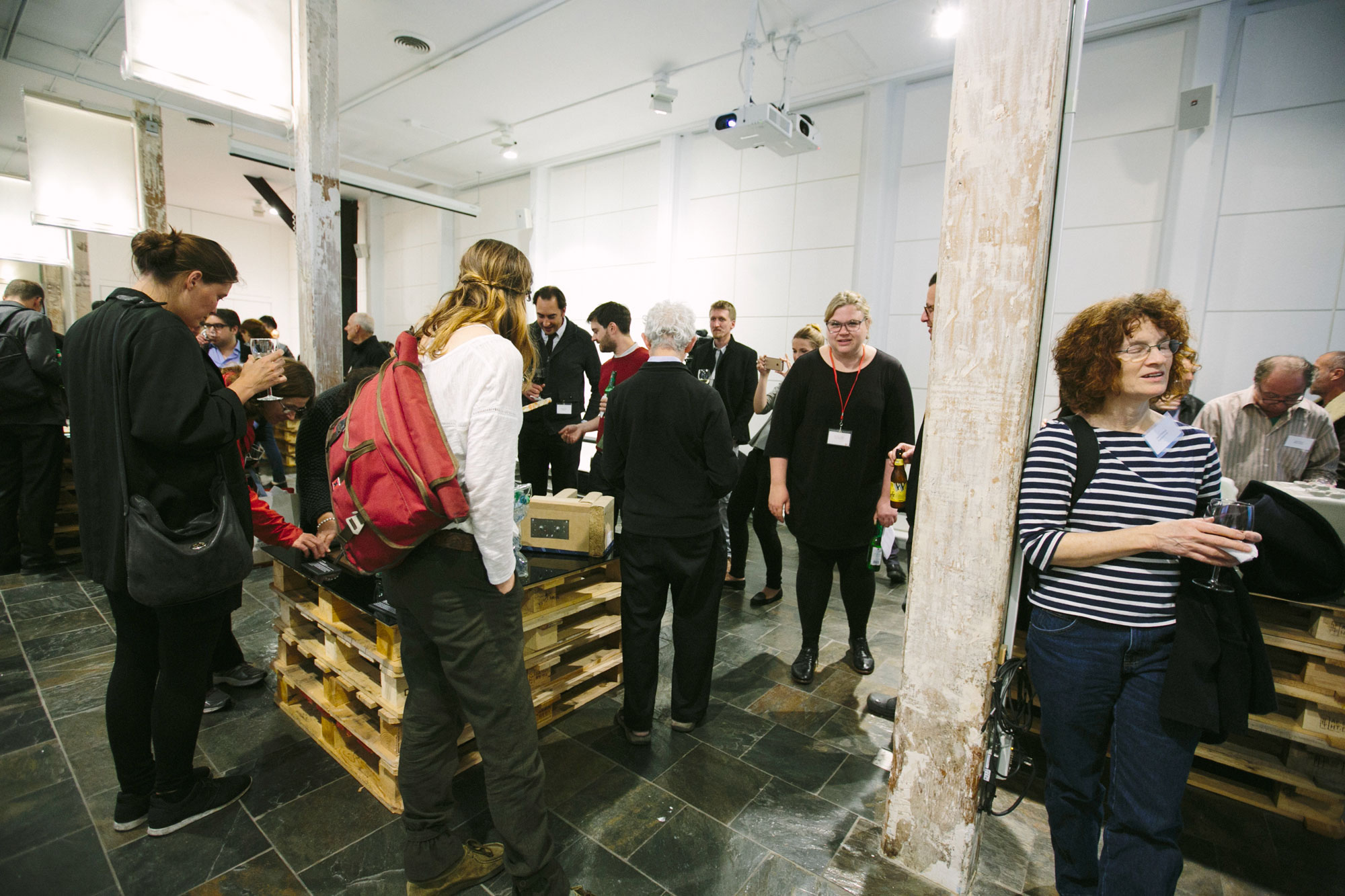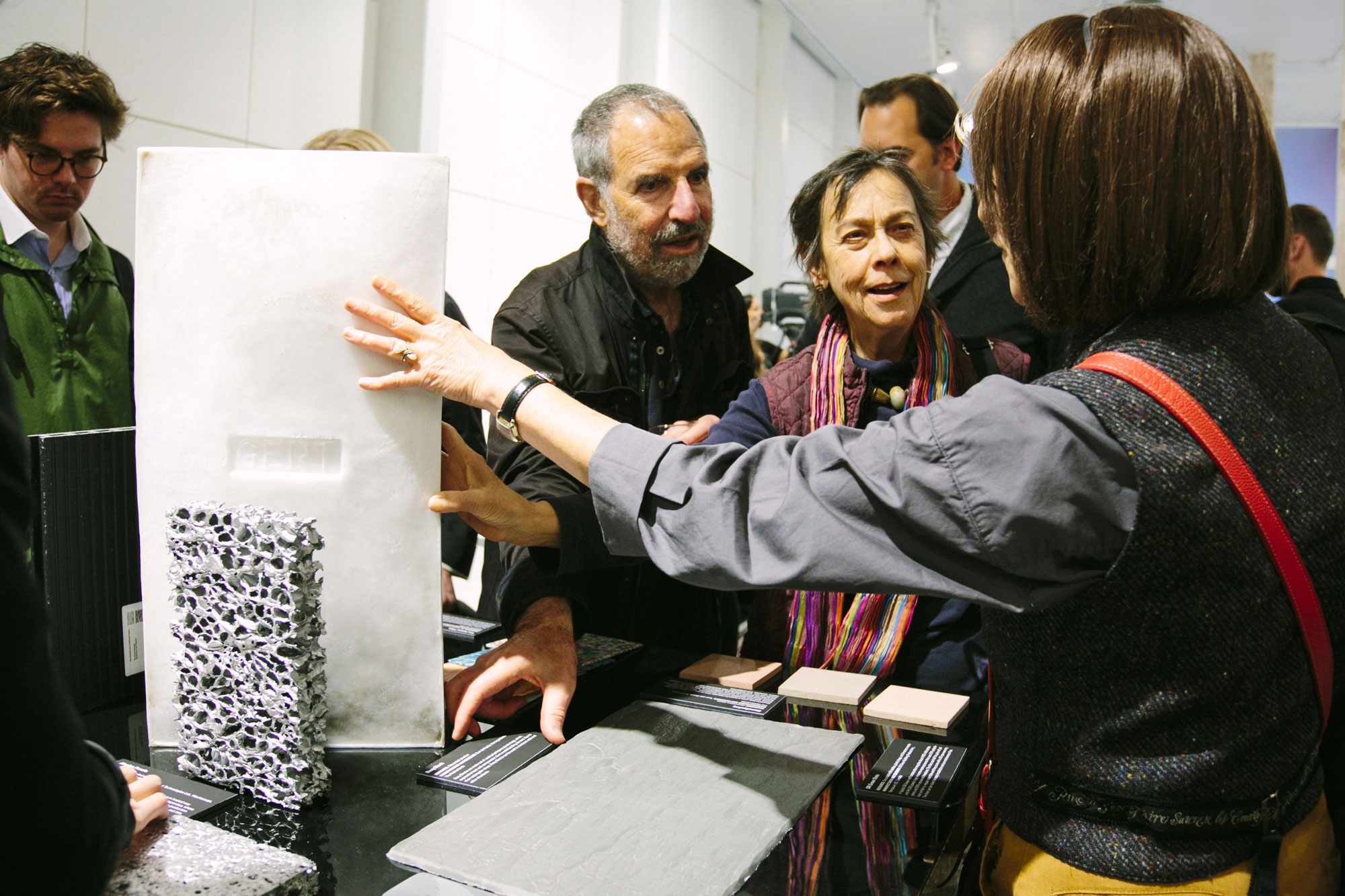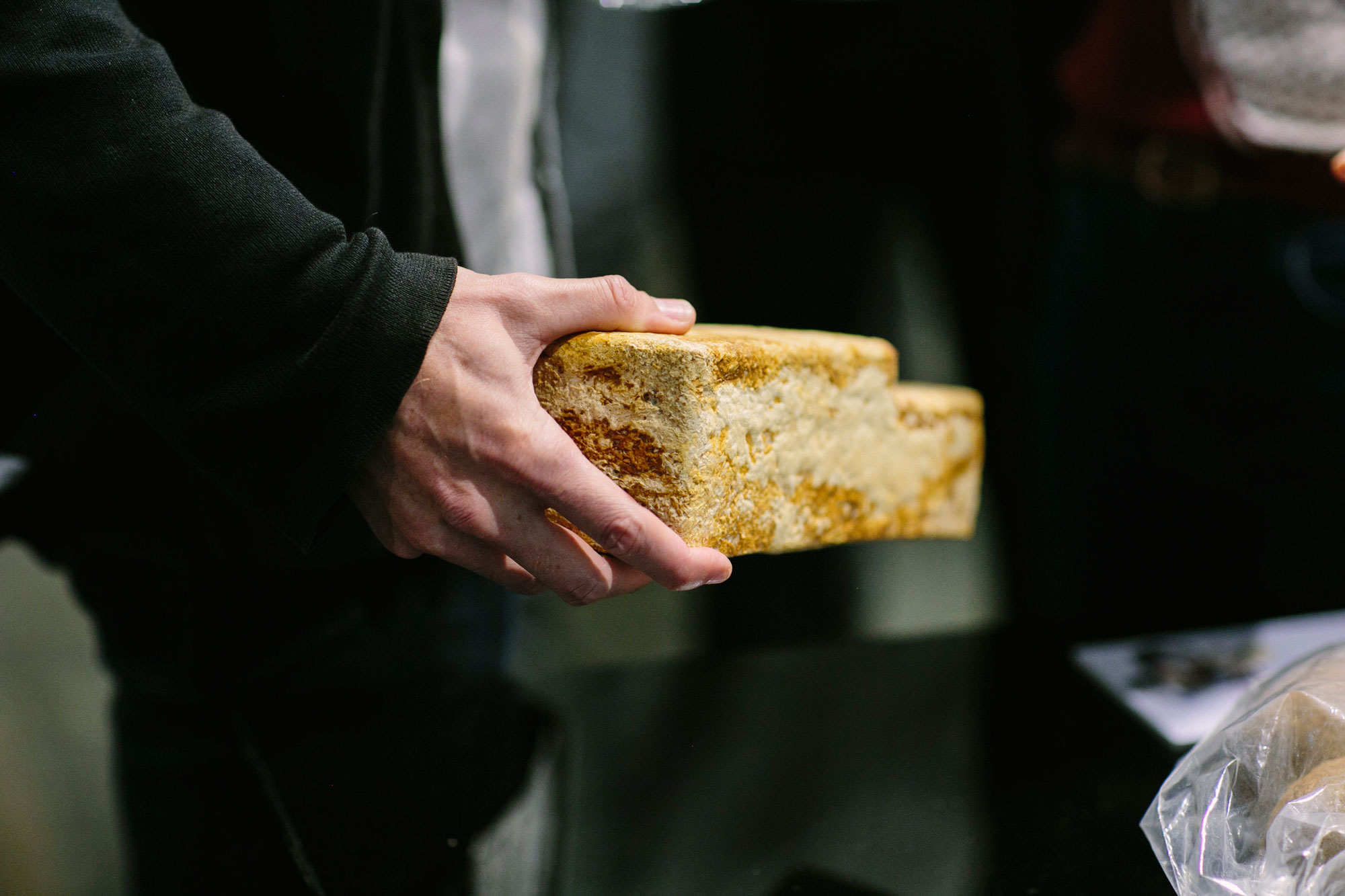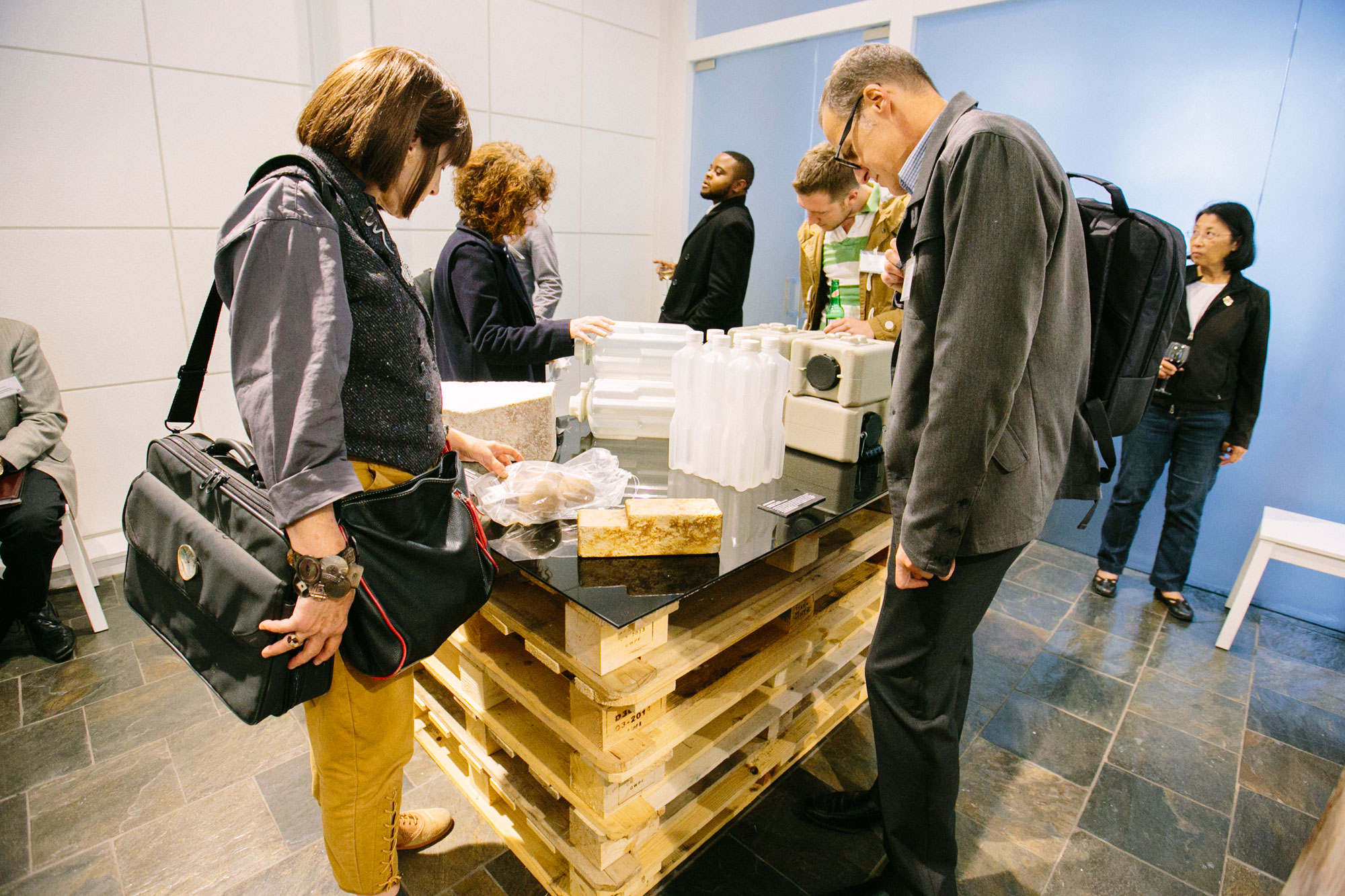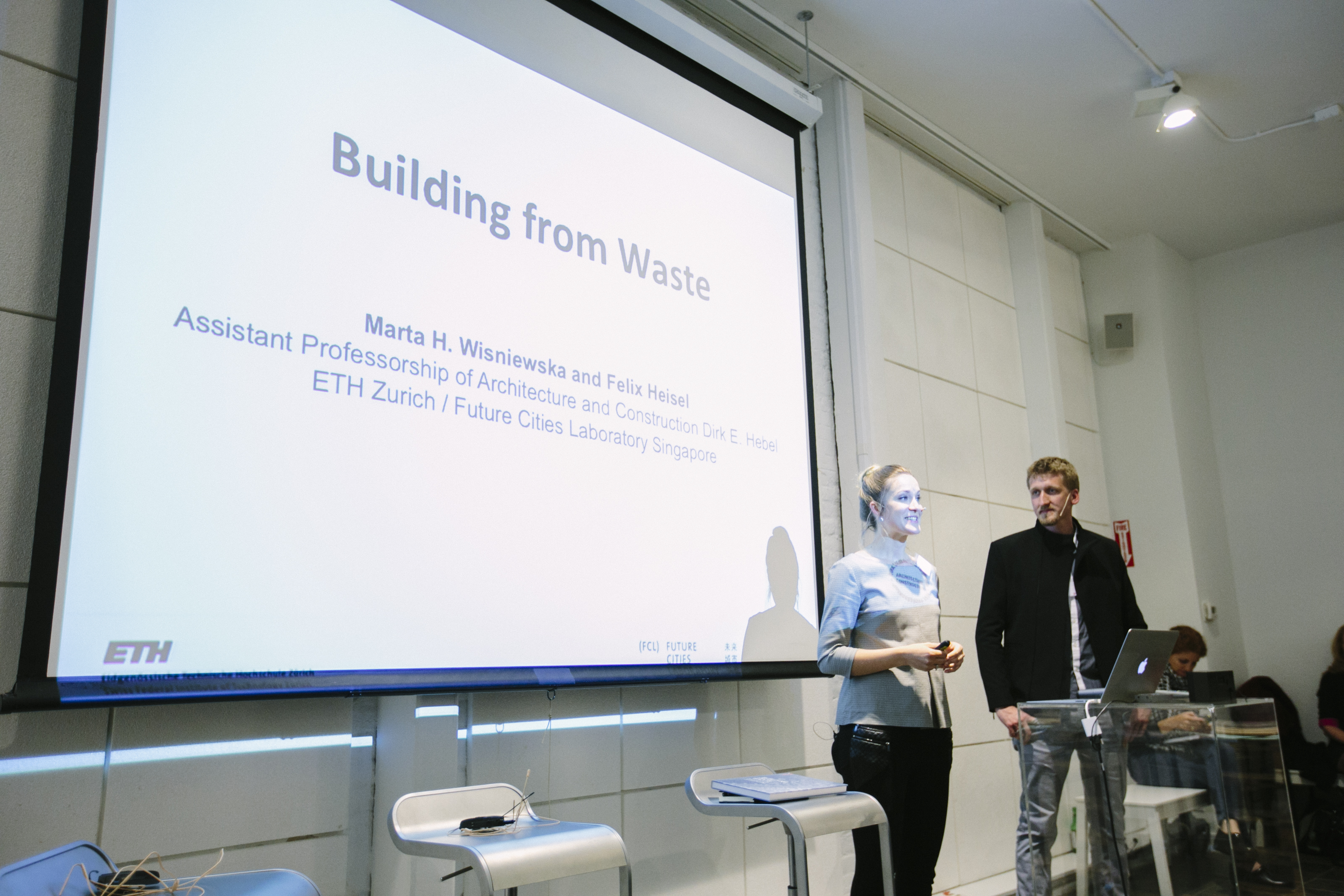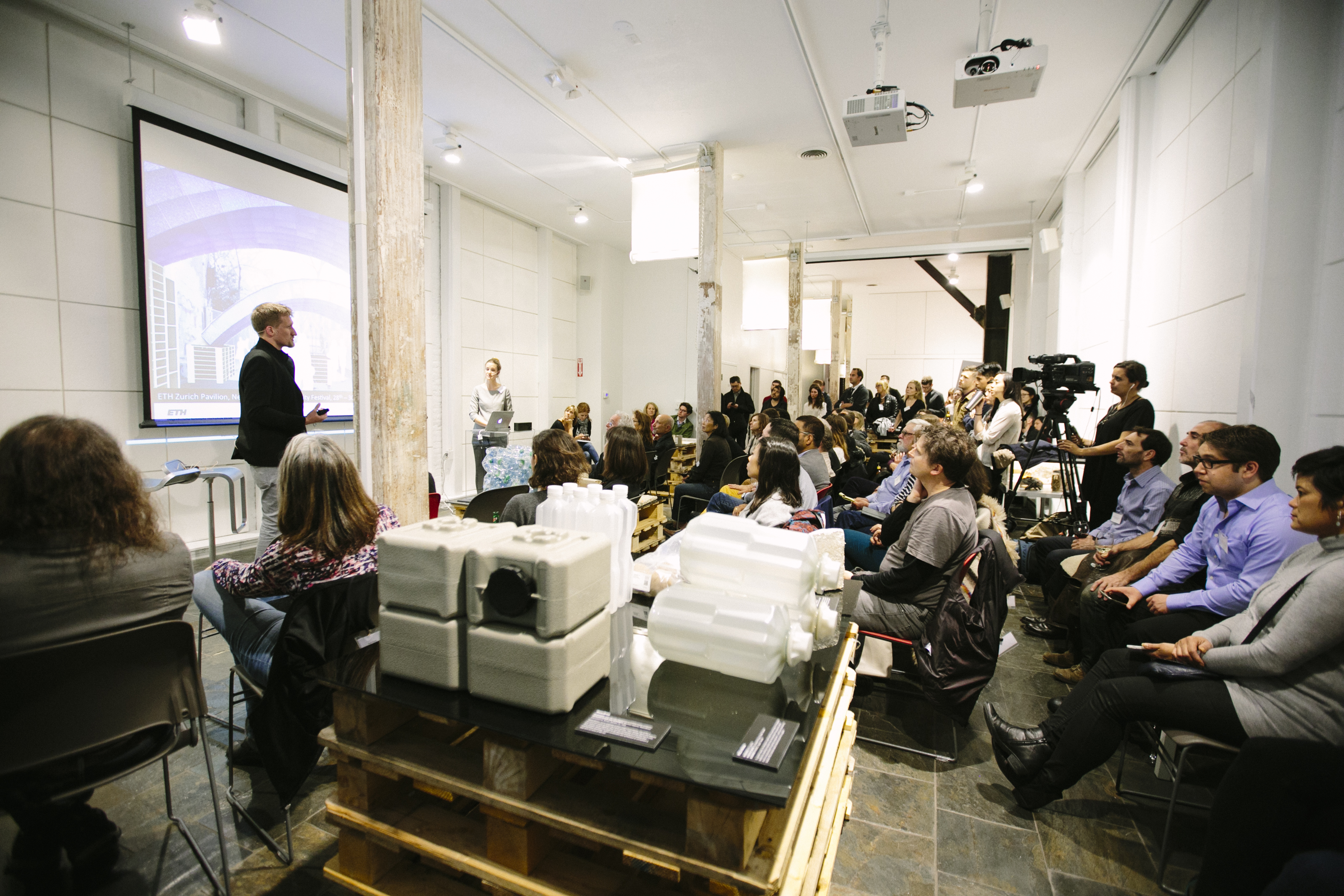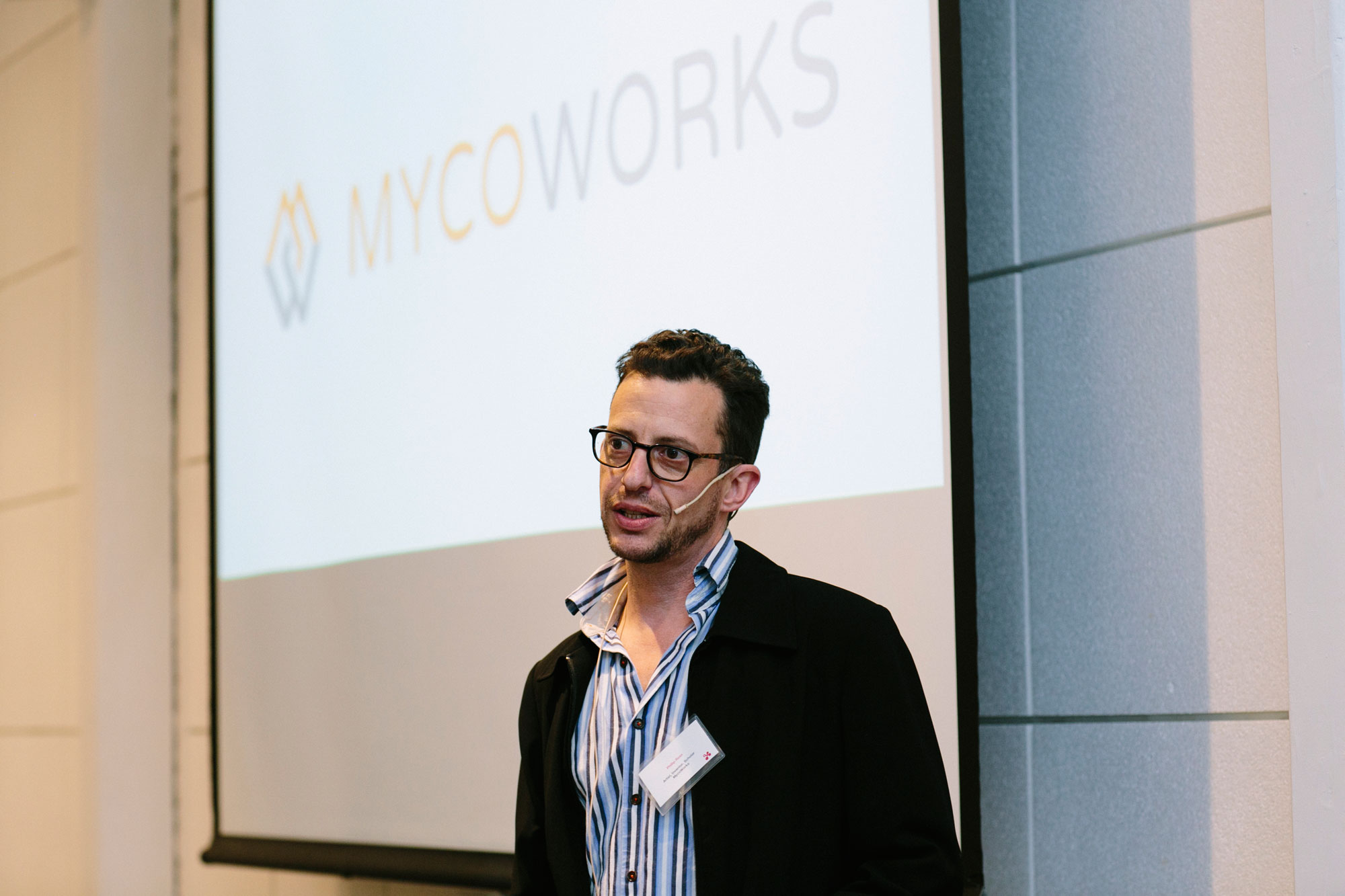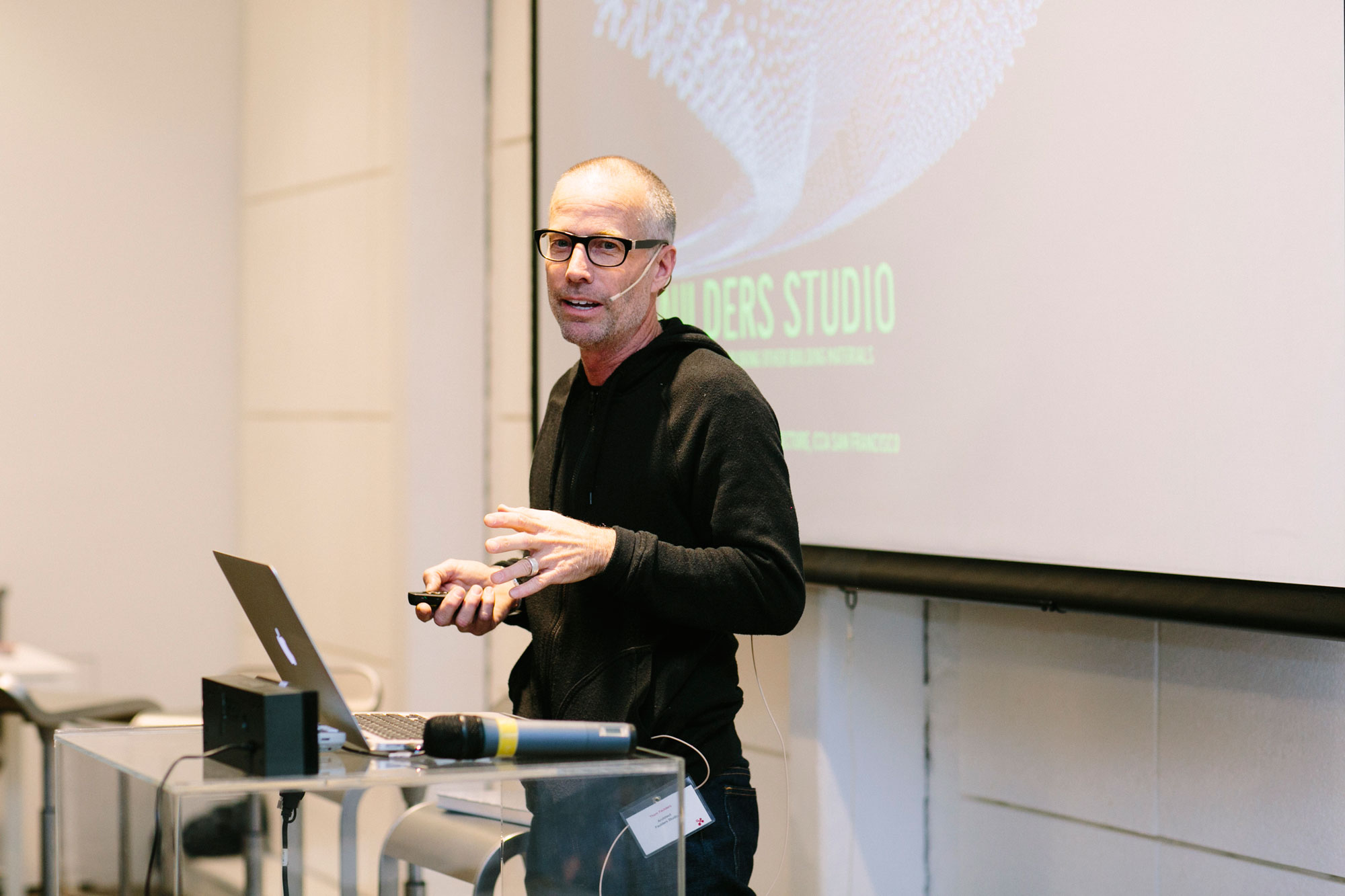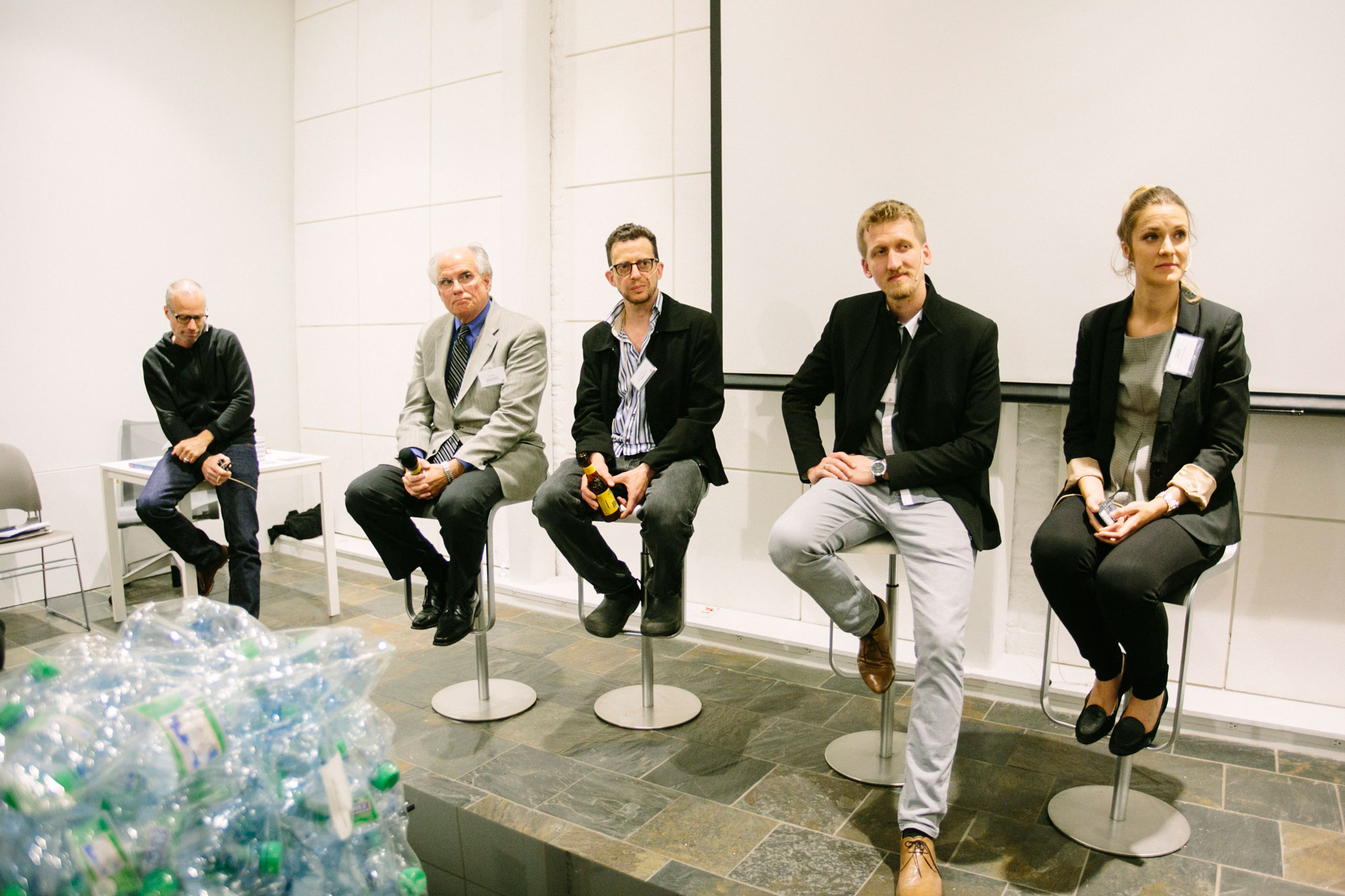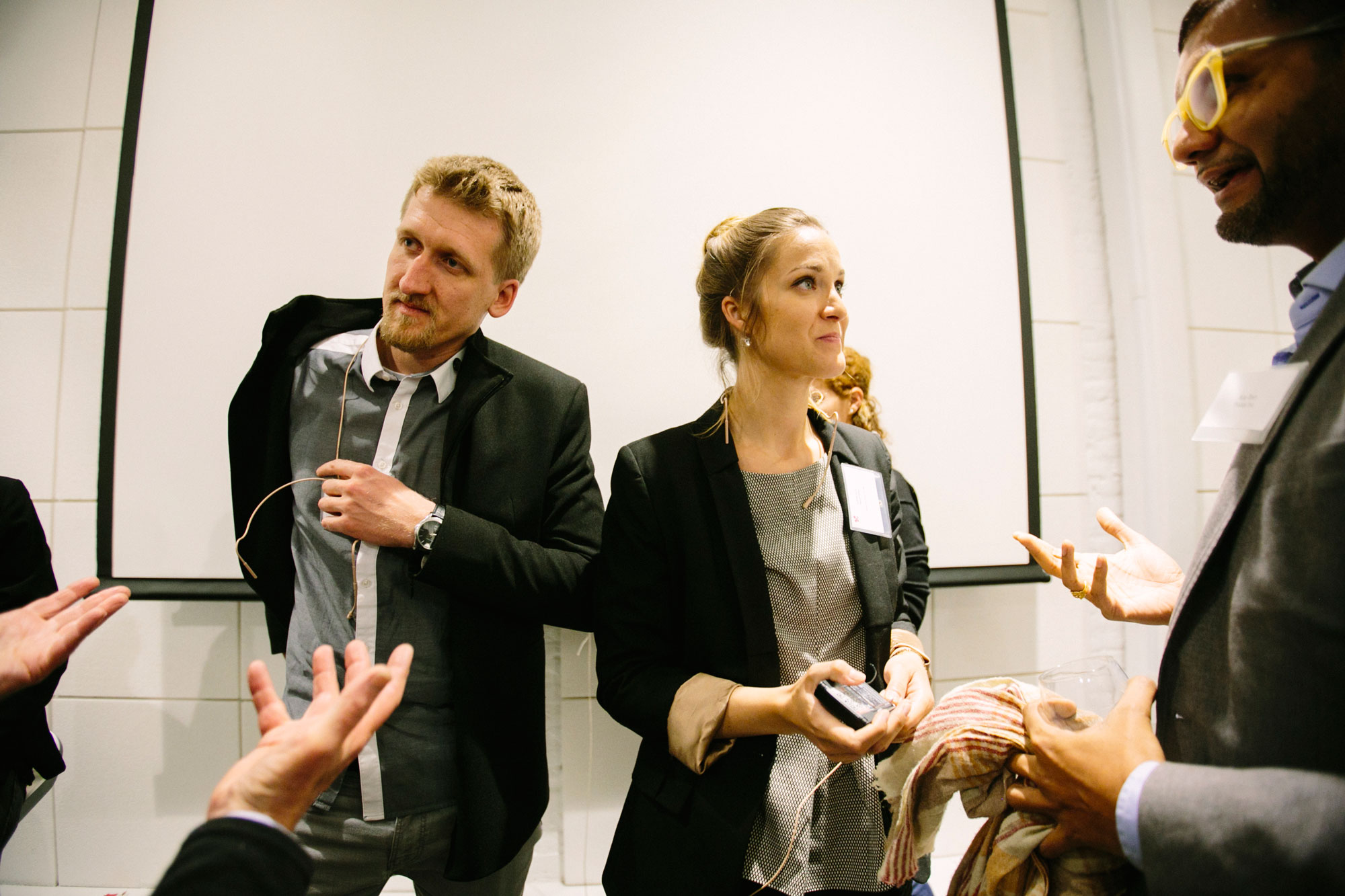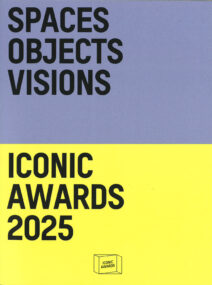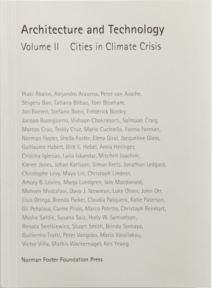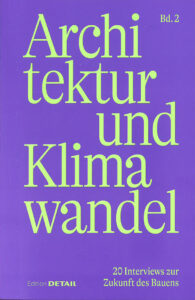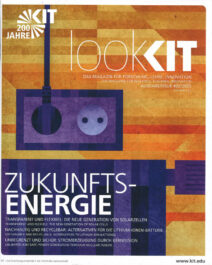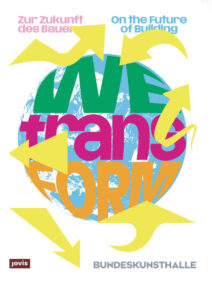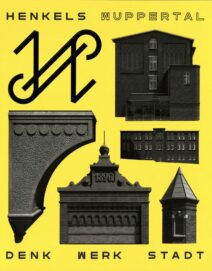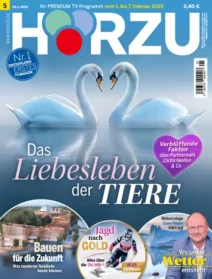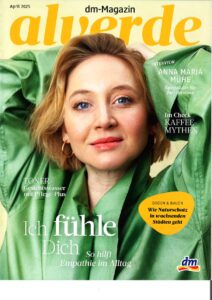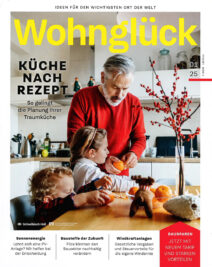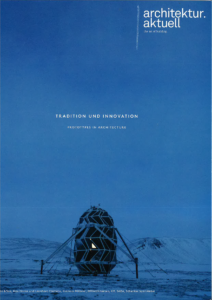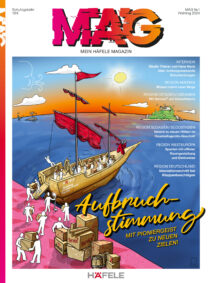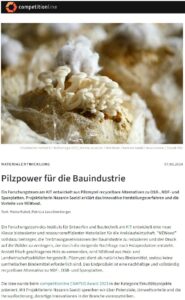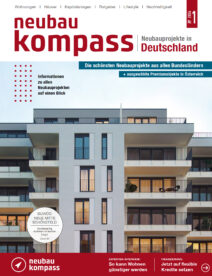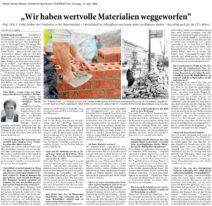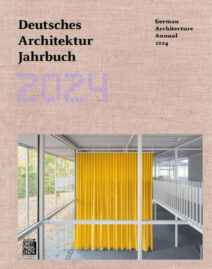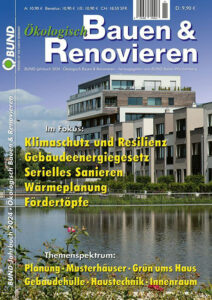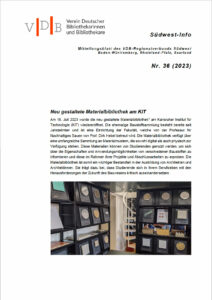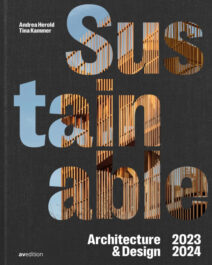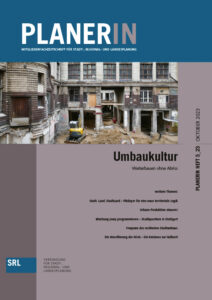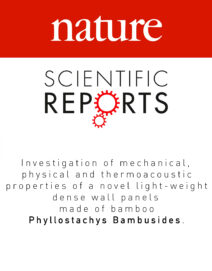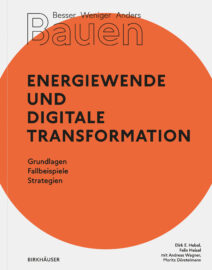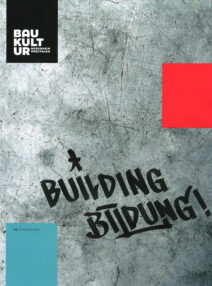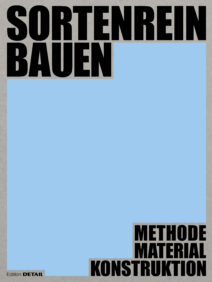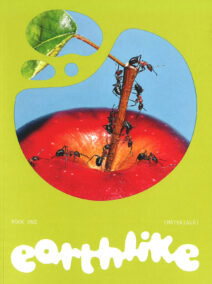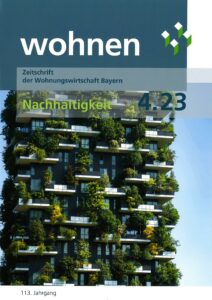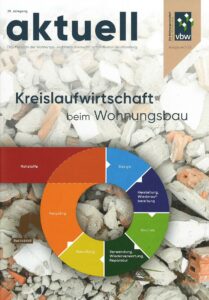Future economic and ecological development is strongly connected to the question where our resources for future prosperity come from. As our mines run dry and CO2levels are reaching alarming levels, we need to think radically different in all economic sectors. The building industry alone is responsible for 40% of our solid waste production, for 40% of the use of primary energy resources and for 40% of CO2emissions world-wide. We need to change.
Our natural resources are extracted from the earth and then – in a linear process – disposed of. They are literally consumed rather than being temporarily borrowed from natural or socio-technical circuits. This approach has profound consequences for our planet. Ecosystems are destroyed, the climate is jeopardized, and many resources – such as sand, gravel, copper and zinc will soon no longer be available in economically reasonable terms. Humankind is putting at risk the wellbeing of future generations. If we want our environment to be truly sustainable, we need to stop exploiting and polluting our planet as well as destroying our ecosystem by treating it as a waste disposal site. On the contrary, the built environment could be considered as a depository and future provider of resources, a new mine: the Urban Mine.
Considering the human-made environment as a temporary state within an endless circuit of resources constitutes a radical paradigm shift for the building sector. We urgently need new principles for the construction, disassembly, and constant transformation of the built environment. At the same time, the question must be answered of how to produce new materials without further destruction of our ecosystems. Humankind must manage the shift towards activating the already existing materials in our Urban Mine and bind these mineral and metallic resources through cultivating, breeding, raising, farming, or growing of new substances replacing binders which are non-recycable as well as based on extracted and finite raw materials (such as cement).
The potential of the existing Urban Mine as a material depot is gigantic. The challenge is to find new technologies to turn those materials in a new generation of sustainable, non-harmful, non-toxic and endlessly recyclable and de-constructable building materials. We also need to find new ways od creating material passports and connect them to a digital cadastral system, so future generations know where which materials will be available in which quantity and where.
The Professorship of Sustainable Construction at KIT is conducting research in the field of circular construction and was able to build several demonstrator buildings applying new findings, methods and principles of construction in order to achieve this goal.
Recent Publications:
349179
urban mining
items
1
chicago-author-date
5
year
desc
6626
https://nb.ieb.kit.edu/wp-content/plugins/zotpress/
%7B%22status%22%3A%22success%22%2C%22updateneeded%22%3Afalse%2C%22instance%22%3A%22zotpress-66d93aa01e4fb94c62f9204d73602f13%22%2C%22meta%22%3A%7B%22request_last%22%3A0%2C%22request_next%22%3A0%2C%22used_cache%22%3Atrue%7D%2C%22data%22%3A%5B%7B%22key%22%3A%22AQIWFEIZ%22%2C%22library%22%3A%7B%22id%22%3A349179%7D%2C%22meta%22%3A%7B%22creatorSummary%22%3A%22Hebel%20et%20al.%22%2C%22parsedDate%22%3A%222024-09%22%2C%22numChildren%22%3A0%7D%2C%22bib%22%3A%22%3Cdiv%20class%3D%5C%22csl-bib-body%5C%22%20style%3D%5C%22line-height%3A%201.35%3B%20padding-left%3A%201em%3B%20text-indent%3A-1em%3B%5C%22%3E%5Cn%20%20%3Cdiv%20class%3D%5C%22csl-entry%5C%22%3EHebel%2C%20Dirk%20E.%2C%20Sandra%20B%26%23xF6%3Bhm%2C%20and%20Elena%20Boerman%2C%20eds.%202024.%20%3Ci%3EVom%20Bauen%20mit%20erneuerbaren%20Materialien%20-%20Die%20Natur%20als%20Rohstofflager%3C%5C%2Fi%3E.%20Fraunhofer%20IRB%20Verlag.%3C%5C%2Fdiv%3E%5Cn%3C%5C%2Fdiv%3E%22%2C%22data%22%3A%7B%22itemType%22%3A%22book%22%2C%22title%22%3A%22Vom%20Bauen%20mit%20erneuerbaren%20Materialien%20-%20Die%20Natur%20als%20Rohstofflager%22%2C%22creators%22%3A%5B%7B%22creatorType%22%3A%22editor%22%2C%22firstName%22%3A%22Dirk%20E.%22%2C%22lastName%22%3A%22Hebel%22%7D%2C%7B%22creatorType%22%3A%22editor%22%2C%22firstName%22%3A%22Sandra%22%2C%22lastName%22%3A%22B%5Cu00f6hm%22%7D%2C%7B%22creatorType%22%3A%22editor%22%2C%22firstName%22%3A%22Elena%22%2C%22lastName%22%3A%22Boerman%22%7D%5D%2C%22abstractNote%22%3A%22%22%2C%22date%22%3A%22September%202024%22%2C%22language%22%3A%22German%22%2C%22ISBN%22%3A%22978-3-7388-0906-0%22%2C%22url%22%3A%22%22%2C%22collections%22%3A%5B%22D8E5NGPH%22%5D%2C%22dateModified%22%3A%222024-11-11T08%3A49%3A44Z%22%7D%7D%2C%7B%22key%22%3A%22ZNARIIGQ%22%2C%22library%22%3A%7B%22id%22%3A349179%7D%2C%22meta%22%3A%7B%22lastModifiedByUser%22%3A%7B%22id%22%3A1413845%2C%22username%22%3A%22hebeld%22%2C%22name%22%3A%22%22%2C%22links%22%3A%7B%22alternate%22%3A%7B%22href%22%3A%22https%3A%5C%2F%5C%2Fwww.zotero.org%5C%2Fhebeld%22%2C%22type%22%3A%22text%5C%2Fhtml%22%7D%7D%7D%2C%22creatorSummary%22%3A%22Bl%5Cu00fcmke%20and%20Boerman%22%2C%22parsedDate%22%3A%222024-06%22%2C%22numChildren%22%3A0%7D%2C%22bib%22%3A%22%3Cdiv%20class%3D%5C%22csl-bib-body%5C%22%20style%3D%5C%22line-height%3A%201.35%3B%20padding-left%3A%201em%3B%20text-indent%3A-1em%3B%5C%22%3E%5Cn%20%20%3Cdiv%20class%3D%5C%22csl-entry%5C%22%3EBl%26%23xFC%3Bmke%2C%20Katharina%2C%20and%20Elena%20Boerman.%202024.%20%3Ci%3EDerzeitige%20und%20zuk%26%23xFC%3Bnftige%20M%26%23xF6%3Bglichkeiten%20des%26%23xA0%3B%20Einsatzes%20von%20Sekund%26%23xE4%3Brbaustoffen%20im%20Wohnungsbau%3C%5C%2Fi%3E.%20non%20nobis%201.%20Non%20nobis-Stiftung.%3C%5C%2Fdiv%3E%5Cn%3C%5C%2Fdiv%3E%22%2C%22data%22%3A%7B%22itemType%22%3A%22book%22%2C%22title%22%3A%22Derzeitige%20und%20zuk%5Cu00fcnftige%20M%5Cu00f6glichkeiten%20des%20%20Einsatzes%20von%20Sekund%5Cu00e4rbaustoffen%20im%20Wohnungsbau%22%2C%22creators%22%3A%5B%7B%22creatorType%22%3A%22author%22%2C%22firstName%22%3A%22Katharina%22%2C%22lastName%22%3A%22Bl%5Cu00fcmke%22%7D%2C%7B%22creatorType%22%3A%22author%22%2C%22firstName%22%3A%22Elena%22%2C%22lastName%22%3A%22Boerman%22%7D%5D%2C%22abstractNote%22%3A%22%22%2C%22date%22%3A%22June%202024%22%2C%22language%22%3A%22German%22%2C%22ISBN%22%3A%22%22%2C%22url%22%3A%22%22%2C%22collections%22%3A%5B%22PZZEZC7K%22%2C%22D8E5NGPH%22%5D%2C%22dateModified%22%3A%222024-09-23T08%3A58%3A52Z%22%7D%7D%2C%7B%22key%22%3A%22QNA5XJVZ%22%2C%22library%22%3A%7B%22id%22%3A349179%7D%2C%22meta%22%3A%7B%22lastModifiedByUser%22%3A%7B%22id%22%3A1413845%2C%22username%22%3A%22hebeld%22%2C%22name%22%3A%22%22%2C%22links%22%3A%7B%22alternate%22%3A%7B%22href%22%3A%22https%3A%5C%2F%5C%2Fwww.zotero.org%5C%2Fhebeld%22%2C%22type%22%3A%22text%5C%2Fhtml%22%7D%7D%7D%2C%22creatorSummary%22%3A%22Heisel%20et%20al.%22%2C%22parsedDate%22%3A%222023-10%22%2C%22numChildren%22%3A0%7D%2C%22bib%22%3A%22%3Cdiv%20class%3D%5C%22csl-bib-body%5C%22%20style%3D%5C%22line-height%3A%201.35%3B%20padding-left%3A%201em%3B%20text-indent%3A-1em%3B%5C%22%3E%5Cn%20%20%3Cdiv%20class%3D%5C%22csl-entry%5C%22%3EHeisel%2C%20Felix%2C%20Dirk%20E.%20Hebel%2C%20Andreas%20Wagner%2C%20and%20Moritz%20D%26%23xF6%3Brstelmann%2C%20eds.%202023.%20%3Ci%3EBuilding%20Better%20-%20Less%20-%20Different%3A%20Clean%20Energy%20Transition%20and%20Digital%20Transformation%3C%5C%2Fi%3E.%20Building%20Better%20Less%20Different%201.%20Birkh%26%23xE4%3Buser%20Verlag%20GmbH.%3C%5C%2Fdiv%3E%5Cn%3C%5C%2Fdiv%3E%22%2C%22data%22%3A%7B%22itemType%22%3A%22book%22%2C%22title%22%3A%22Building%20Better%20-%20Less%20-%20Different%3A%20Clean%20energy%20transition%20and%20digital%20transformation%22%2C%22creators%22%3A%5B%7B%22creatorType%22%3A%22editor%22%2C%22firstName%22%3A%22Felix%22%2C%22lastName%22%3A%22Heisel%22%7D%2C%7B%22creatorType%22%3A%22editor%22%2C%22firstName%22%3A%22Dirk%20E.%22%2C%22lastName%22%3A%22Hebel%22%7D%2C%7B%22creatorType%22%3A%22editor%22%2C%22firstName%22%3A%22Andreas%22%2C%22lastName%22%3A%22Wagner%22%7D%2C%7B%22creatorType%22%3A%22editor%22%2C%22firstName%22%3A%22Moritz%22%2C%22lastName%22%3A%22D%5Cu00f6rstelmann%22%7D%5D%2C%22abstractNote%22%3A%22%22%2C%22date%22%3A%22October%202023%22%2C%22language%22%3A%22English%22%2C%22ISBN%22%3A%22978-3-0356-2117-4%22%2C%22url%22%3A%22%22%2C%22collections%22%3A%5B%22D8E5NGPH%22%5D%2C%22dateModified%22%3A%222024-09-23T08%3A59%3A59Z%22%7D%7D%2C%7B%22key%22%3A%22D66Z2TI7%22%2C%22library%22%3A%7B%22id%22%3A349179%7D%2C%22meta%22%3A%7B%22lastModifiedByUser%22%3A%7B%22id%22%3A1413845%2C%22username%22%3A%22hebeld%22%2C%22name%22%3A%22%22%2C%22links%22%3A%7B%22alternate%22%3A%7B%22href%22%3A%22https%3A%5C%2F%5C%2Fwww.zotero.org%5C%2Fhebeld%22%2C%22type%22%3A%22text%5C%2Fhtml%22%7D%7D%7D%2C%22creatorSummary%22%3A%22Hebel%20et%20al.%22%2C%22parsedDate%22%3A%222023-10%22%2C%22numChildren%22%3A0%7D%2C%22bib%22%3A%22%3Cdiv%20class%3D%5C%22csl-bib-body%5C%22%20style%3D%5C%22line-height%3A%201.35%3B%20padding-left%3A%201em%3B%20text-indent%3A-1em%3B%5C%22%3E%5Cn%20%20%3Cdiv%20class%3D%5C%22csl-entry%5C%22%3EHebel%2C%20Dirk%20E.%2C%20Felix%20Heisel%2C%20Andreas%20Wagner%2C%20and%20Moritz%20D%26%23xF6%3Brstelmann%2C%20eds.%202023.%20%3Ci%3EBesser%20Weniger%20Anders%20Bauen%20-%20Energiewende%20und%20digitale%20Transformation%3C%5C%2Fi%3E.%20Besser%20Weniger%20Anders%20Bauen%202.%20Birkh%26%23xE4%3Buser%20Verlag%20GmbH.%3C%5C%2Fdiv%3E%5Cn%3C%5C%2Fdiv%3E%22%2C%22data%22%3A%7B%22itemType%22%3A%22book%22%2C%22title%22%3A%22Besser%20Weniger%20Anders%20Bauen%20-%20Energiewende%20und%20digitale%20Transformation%22%2C%22creators%22%3A%5B%7B%22creatorType%22%3A%22editor%22%2C%22firstName%22%3A%22Dirk%20E.%22%2C%22lastName%22%3A%22Hebel%22%7D%2C%7B%22creatorType%22%3A%22editor%22%2C%22firstName%22%3A%22Felix%22%2C%22lastName%22%3A%22Heisel%22%7D%2C%7B%22creatorType%22%3A%22editor%22%2C%22firstName%22%3A%22Andreas%22%2C%22lastName%22%3A%22Wagner%22%7D%2C%7B%22creatorType%22%3A%22editor%22%2C%22firstName%22%3A%22Moritz%22%2C%22lastName%22%3A%22D%5Cu00f6rstelmann%22%7D%5D%2C%22abstractNote%22%3A%22%22%2C%22date%22%3A%22October%202023%22%2C%22language%22%3A%22German%22%2C%22ISBN%22%3A%22978-3-0356-2116-7%22%2C%22url%22%3A%22%22%2C%22collections%22%3A%5B%22D8E5NGPH%22%5D%2C%22dateModified%22%3A%222024-09-23T09%3A00%3A05Z%22%7D%7D%2C%7B%22key%22%3A%22MNKPBB8H%22%2C%22library%22%3A%7B%22id%22%3A349179%7D%2C%22meta%22%3A%7B%22lastModifiedByUser%22%3A%7B%22id%22%3A1413845%2C%22username%22%3A%22hebeld%22%2C%22name%22%3A%22%22%2C%22links%22%3A%7B%22alternate%22%3A%7B%22href%22%3A%22https%3A%5C%2F%5C%2Fwww.zotero.org%5C%2Fhebeld%22%2C%22type%22%3A%22text%5C%2Fhtml%22%7D%7D%7D%2C%22creatorSummary%22%3A%22Hebel%20et%20al.%22%2C%22parsedDate%22%3A%222023-09%22%2C%22numChildren%22%3A0%7D%2C%22bib%22%3A%22%3Cdiv%20class%3D%5C%22csl-bib-body%5C%22%20style%3D%5C%22line-height%3A%201.35%3B%20padding-left%3A%201em%3B%20text-indent%3A-1em%3B%5C%22%3E%5Cn%20%20%3Cdiv%20class%3D%5C%22csl-entry%5C%22%3EHebel%2C%20Dirk%20E.%2C%20Ludwig%20Wappner%2C%20Katharina%20Bl%26%23xFC%3Bmke%2C%20et%20al.%2C%20eds.%202023.%20%3Ci%3ESortenrein%20Bauen%20-%20Methode%20Material%20Konstruktion%3C%5C%2Fi%3E.%20Edition%20DETAIL.%20DETAIL%20Business%20Information%20GmbH.%3C%5C%2Fdiv%3E%5Cn%3C%5C%2Fdiv%3E%22%2C%22data%22%3A%7B%22itemType%22%3A%22book%22%2C%22title%22%3A%22Sortenrein%20Bauen%20-%20Methode%20Material%20Konstruktion%22%2C%22creators%22%3A%5B%7B%22creatorType%22%3A%22editor%22%2C%22firstName%22%3A%22Dirk%20E.%22%2C%22lastName%22%3A%22Hebel%22%7D%2C%7B%22creatorType%22%3A%22editor%22%2C%22firstName%22%3A%22Ludwig%22%2C%22lastName%22%3A%22Wappner%22%7D%2C%7B%22creatorType%22%3A%22editor%22%2C%22firstName%22%3A%22Katharina%22%2C%22lastName%22%3A%22Bl%5Cu00fcmke%22%7D%2C%7B%22creatorType%22%3A%22editor%22%2C%22firstName%22%3A%22Valerio%22%2C%22lastName%22%3A%22Calavetta%22%7D%2C%7B%22creatorType%22%3A%22editor%22%2C%22firstName%22%3A%22Steffen%22%2C%22lastName%22%3A%22Bytomski%22%7D%2C%7B%22creatorType%22%3A%22editor%22%2C%22firstName%22%3A%22Lisa%22%2C%22lastName%22%3A%22H%5Cu00e4berle%22%7D%2C%7B%22creatorType%22%3A%22editor%22%2C%22firstName%22%3A%22Peter%22%2C%22lastName%22%3A%22Hoffmann%22%7D%2C%7B%22creatorType%22%3A%22editor%22%2C%22firstName%22%3A%22Paula%22%2C%22lastName%22%3A%22Holtmann%22%7D%2C%7B%22creatorType%22%3A%22editor%22%2C%22firstName%22%3A%22Hanna%22%2C%22lastName%22%3A%22Hoss%22%7D%2C%7B%22creatorType%22%3A%22editor%22%2C%22firstName%22%3A%22Daniel%22%2C%22lastName%22%3A%22Lenz%22%7D%2C%7B%22creatorType%22%3A%22editor%22%2C%22firstName%22%3A%22Falk%22%2C%22lastName%22%3A%22Schneemann%22%7D%5D%2C%22abstractNote%22%3A%22%22%2C%22date%22%3A%22September%202023%22%2C%22language%22%3A%22German%22%2C%22ISBN%22%3A%22978-3-95553-613-8%22%2C%22url%22%3A%22%22%2C%22collections%22%3A%5B%22D8E5NGPH%22%5D%2C%22dateModified%22%3A%222024-09-23T08%3A59%3A04Z%22%7D%7D%5D%7D
Hebel, Dirk E., Sandra Böhm, and Elena Boerman, eds. 2024. Vom Bauen mit erneuerbaren Materialien - Die Natur als Rohstofflager. Fraunhofer IRB Verlag.
Blümke, Katharina, and Elena Boerman. 2024. Derzeitige und zukünftige Möglichkeiten des Einsatzes von Sekundärbaustoffen im Wohnungsbau. non nobis 1. Non nobis-Stiftung.
Heisel, Felix, Dirk E. Hebel, Andreas Wagner, and Moritz Dörstelmann, eds. 2023. Building Better - Less - Different: Clean Energy Transition and Digital Transformation. Building Better Less Different 1. Birkhäuser Verlag GmbH.
Hebel, Dirk E., Felix Heisel, Andreas Wagner, and Moritz Dörstelmann, eds. 2023. Besser Weniger Anders Bauen - Energiewende und digitale Transformation. Besser Weniger Anders Bauen 2. Birkhäuser Verlag GmbH.
Hebel, Dirk E., Ludwig Wappner, Katharina Blümke, et al., eds. 2023. Sortenrein Bauen - Methode Material Konstruktion. Edition DETAIL. DETAIL Business Information GmbH.
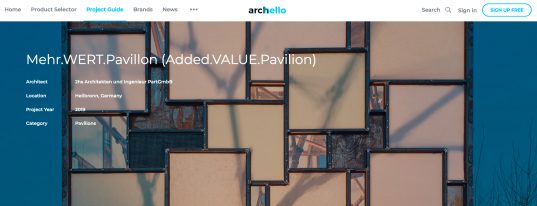
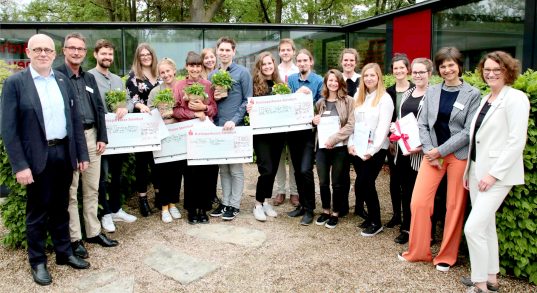
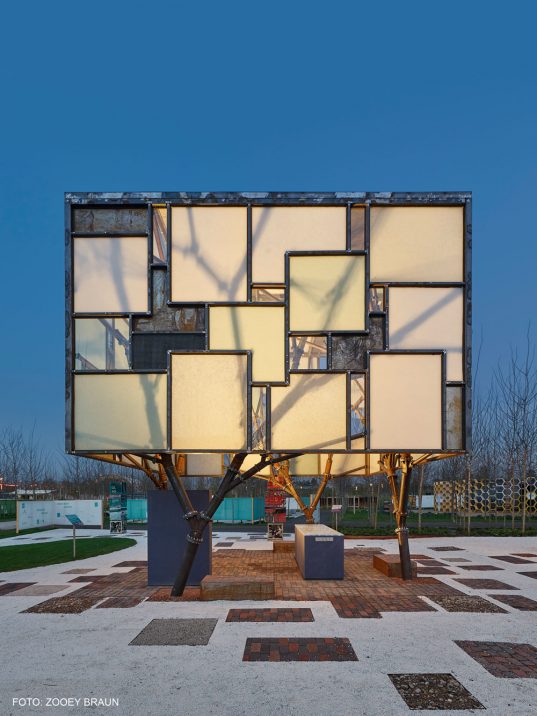
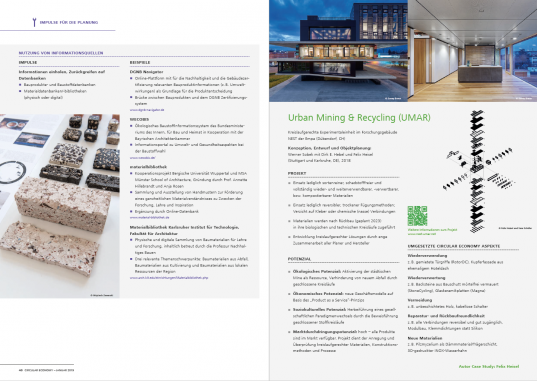
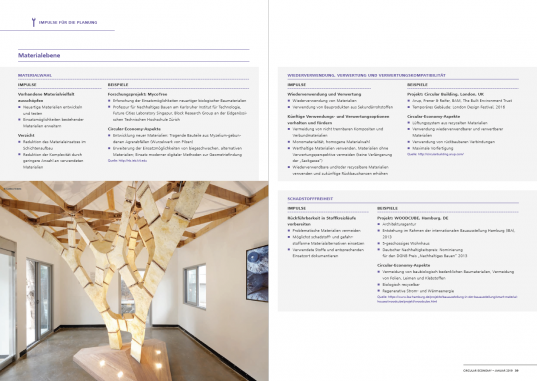


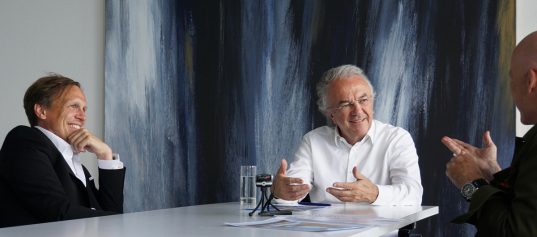

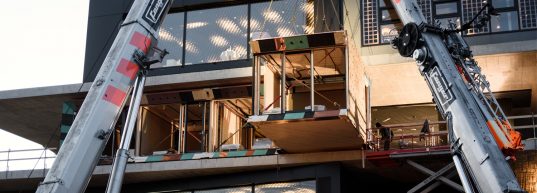

 The publication Building from Waste (Hebel/Wisniewska/Heisel; Birkhäuser, 2014) will be published by a+u in Japanese. The book provides a conceptual and practical look into materials and products which use waste as a renewable resource for architectural, interior, and industrial design. The inventory ranges from marketed products to advanced research and development, organized along the manufacturing processes: densified, reconfigured, transformed, designed and cultivated materials. ”Reduce, Reuse, Recycle, and Recover“ is the sustainable guideline that has replaced the ”Take, Make, Waste“ attitude of the industrial age. Based on their background at the ETH Zurich and the Future Cities Laboratory in Singapore, the authors provide both a conceptual and practical look into materials and products which use waste as a renewable resource. More information
The publication Building from Waste (Hebel/Wisniewska/Heisel; Birkhäuser, 2014) will be published by a+u in Japanese. The book provides a conceptual and practical look into materials and products which use waste as a renewable resource for architectural, interior, and industrial design. The inventory ranges from marketed products to advanced research and development, organized along the manufacturing processes: densified, reconfigured, transformed, designed and cultivated materials. ”Reduce, Reuse, Recycle, and Recover“ is the sustainable guideline that has replaced the ”Take, Make, Waste“ attitude of the industrial age. Based on their background at the ETH Zurich and the Future Cities Laboratory in Singapore, the authors provide both a conceptual and practical look into materials and products which use waste as a renewable resource. More information 



 ETH Zurich Pavilion: New York NY, Image (c) Albert Vecerka/Esto
ETH Zurich Pavilion: New York NY, Image (c) Albert Vecerka/Esto


